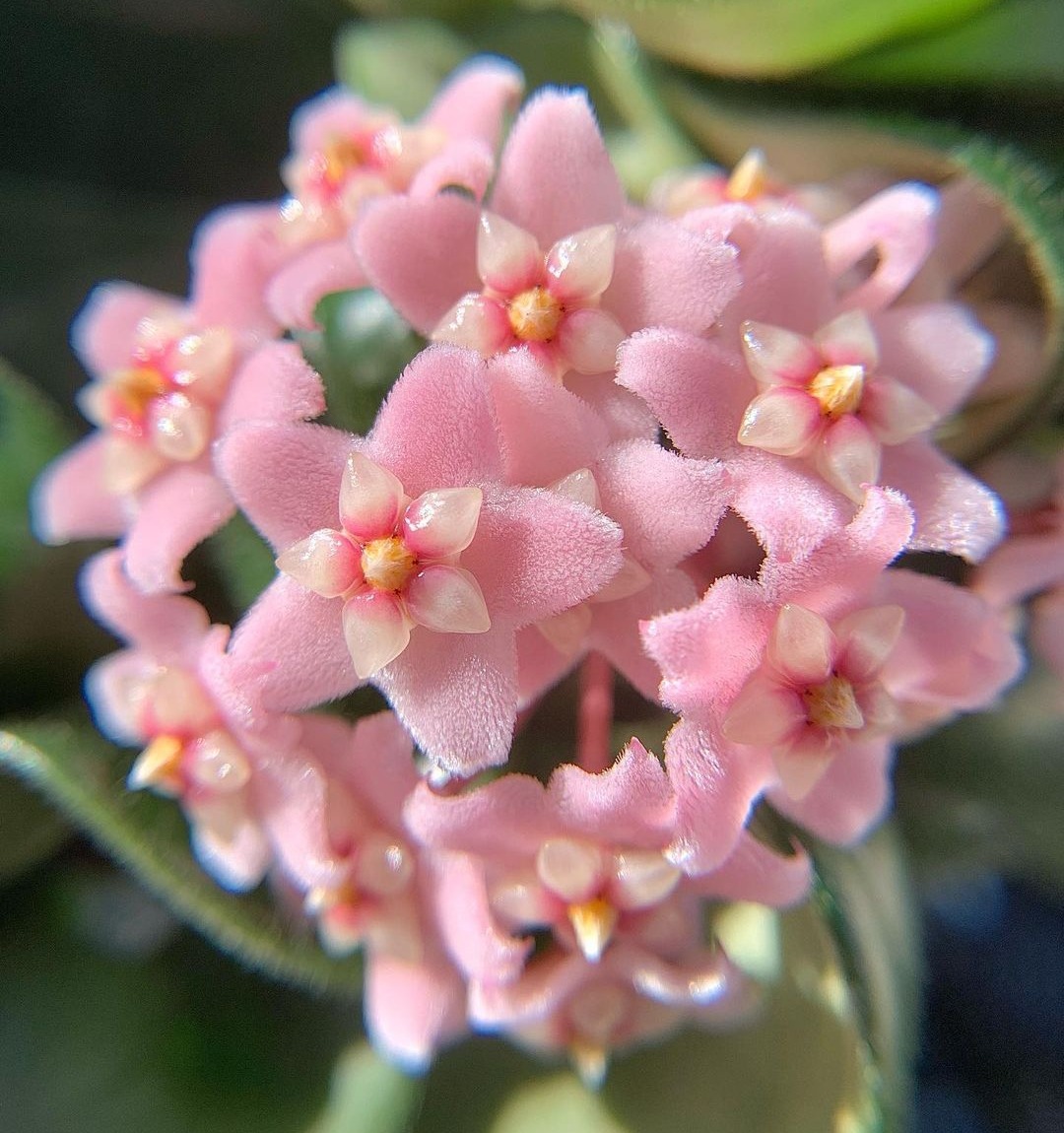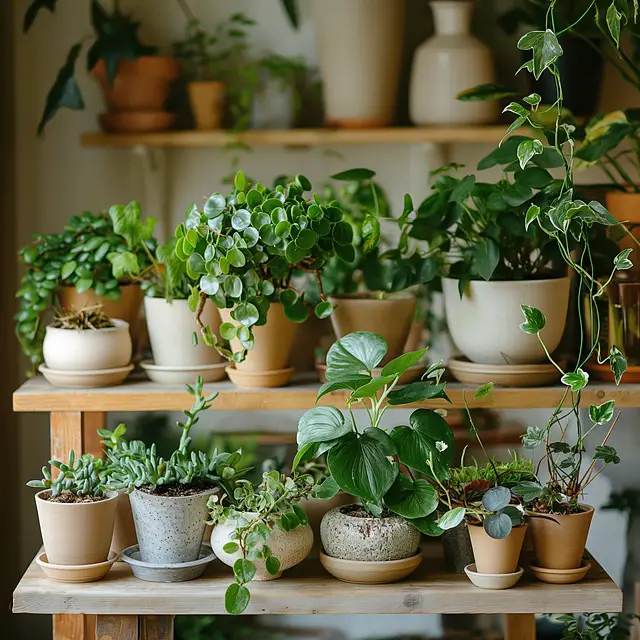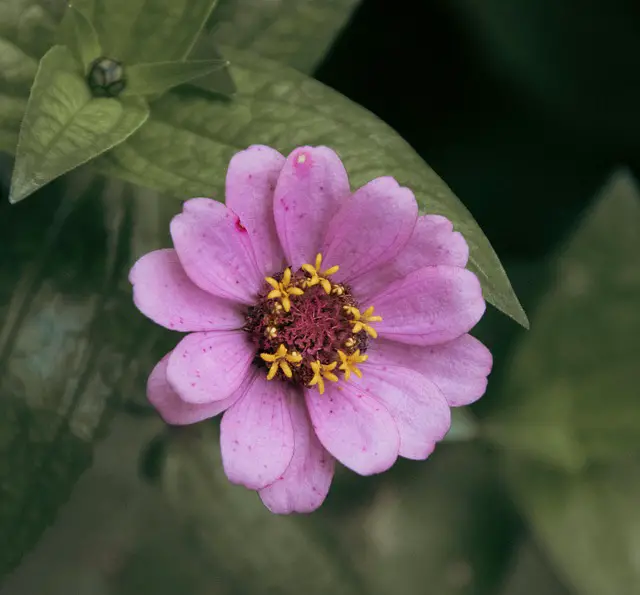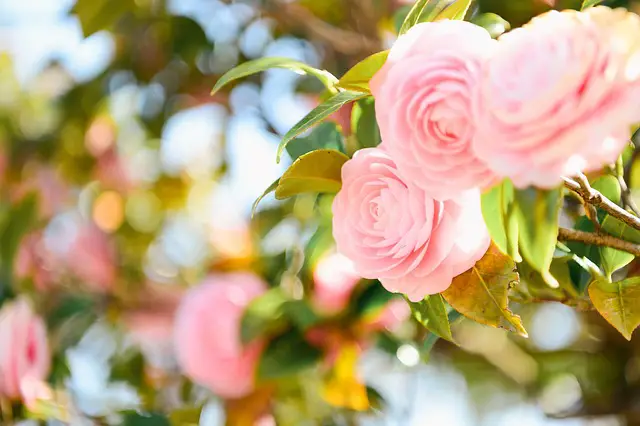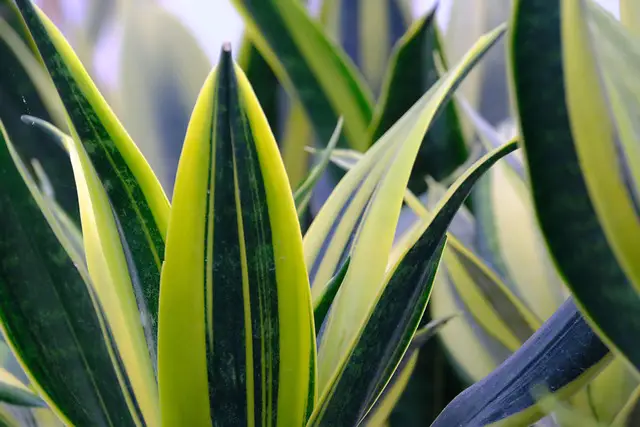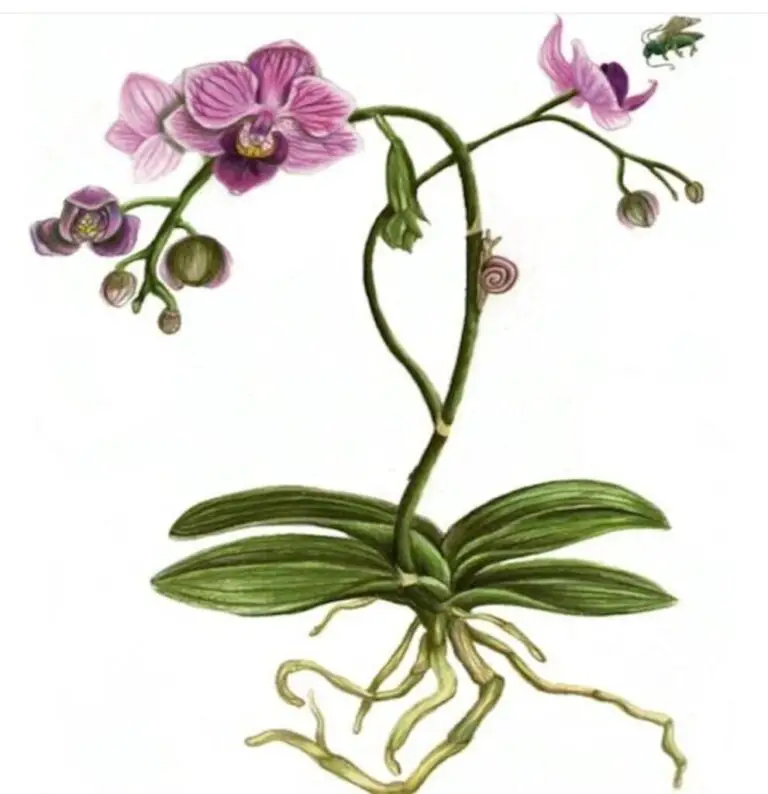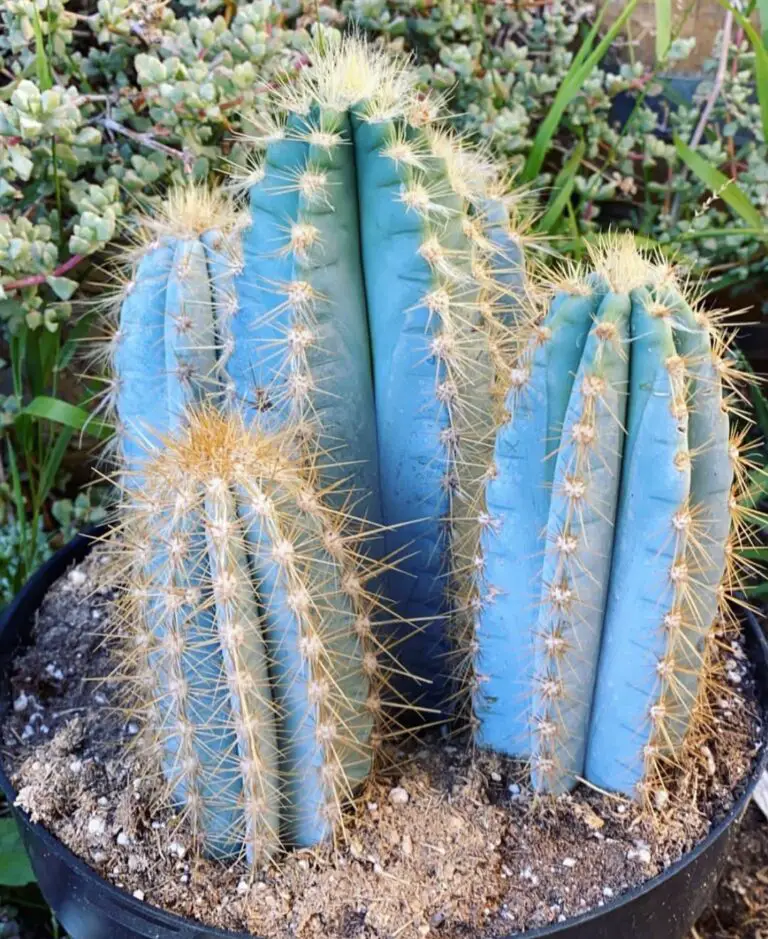The Hoya Carnosa Tricolor, also known as the Wax Plant Tricolor, is a beautiful and resilient houseplant admired for its variegated foliage with shades of green, creamy white, and pink. It belongs to the Hoya genus, which is famous for its thick, waxy leaves and fragrant, star-shaped flowers.
This plant is not only visually stunning but also low-maintenance, making it perfect for beginners and seasoned plant lovers alike. However, ensuring that it thrives requires the right balance of light, water, humidity, and nutrients. If you’re looking to grow a healthy and vibrant Hoya Carnosa Tricolor, follow these 10 expert-approved steps to keep your plant in top shape.
- 1 Hoya Carnosa Tricolor Care
- 2 Provide Bright, Indirect Light
- 3 Water Sparingly and Avoid Overwatering
- 4 Maintain Proper Humidity Levels
- 5 Choose a Well-Draining Soil Mix
- 6 Fertilize for Healthy Growth and Blooms
- 7 Train for Climbing or Hanging Growth
- 8 Prune Regularly for Shape and Health
- 9 Repot Only When Necessary
- 10 Propagate Easily from Stem Cuttings
- 11 Monitor for Pests and Diseases
- 12 FAQs on Hoya Carnosa Tricolor Care
Hoya Carnosa Tricolor Care

Hoya Carnosa Plant Profile
| Feature | Details |
|---|---|
| Common Name | Wax Plant, Porcelain Flower |
| Botanical Name | Hoya carnosa |
| Family | Apocynaceae |
| Plant Type | Evergreen, Perennial, Vine |
| Origin | Southeast Asia, Australia |
| Light | Bright, indirect light |
| Watering | Moderate; allow soil to dry between watering |
| Humidity | High humidity preferred |
| Temperature | 60-85°F (16-29°C) |
| Soil | Well-draining, light, and airy soil mix |
| Fertilizer | Balanced liquid fertilizer every 4 weeks in growing season |
| Growth Rate | Slow to moderate |
| Propagation | Stem cuttings, layering |
| Flowering | Clusters of star-shaped, fragrant flowers |
| Toxicity | Non-toxic to pets and humans |

Provide Bright, Indirect Light
The Hoya Carnosa Tricolor thrives best in bright, indirect sunlight, mimicking the dappled light it would receive in its natural tropical habitat. A location near an east- or south-facing window with sheer curtains works well. While it can tolerate lower light, its growth and variegation may become less vibrant. Too much direct sunlight can cause scorched leaves, while too little light leads to leggy growth and fewer blooms.
✔ Tip: If your Hoya’s pink variegation starts fading, increase its light exposure by moving it closer to a bright window or using a grow light during winter months.
Water Sparingly and Avoid Overwatering
Hoyas are semi-succulent, meaning they store water in their leaves and can tolerate short dry periods. Water only when the top 1-2 inches of soil feel dry, which typically means watering once every 7-10 days in warm seasons and even less in winter. Overwatering is the biggest threat to this plant, leading to root rot, yellowing leaves, and fungal infections. Always make sure that any extra water runs off completely.
✔ Tip: Use the soak-and-dry method—water thoroughly until it drains from the bottom, then let the soil dry before watering again. The pot should never be left in standing water.
Maintain Proper Humidity Levels
Since the Hoya Carnosa Tricolor originates from tropical regions, it thrives in humidity levels of 50-70%. While it can survive in average household humidity, increasing humidity will promote faster growth and healthier foliage. Dry air can lead to brown leaf tips, slow growth, and reduced flowering. If your home has low humidity, using a humidifier or grouping plants together can help.
✔ Tip: If you don’t have a humidifier, place your plant on a pebble tray filled with water or mist it lightly. However, avoid excessive misting to prevent fungal diseases.
Choose a Well-Draining Soil Mix
A well-draining soil mix is crucial to prevent water retention and root rot. The best soil for Hoya Carnosa Tricolor should be light, airy, and rich in organic matter. A mix of orchid bark, perlite, and peat moss ensures proper drainage while retaining the right amount of moisture. Avoid heavy, compacted soils as they hold too much water and suffocate the roots.
✔ Tip: A cactus or succulent mix with added perlite is a great ready-made option. If the soil stays wet for too long, consider adding more perlite or orchid bark.
Hoya Carnosa Tricolor Care Timetable
| Task | Frequency | Details |
|---|---|---|
| Watering | Every 7-10 days (summer), 14+ days (winter) | Let soil dry out between watering. Avoid overwatering. |
| Fertilizing | Monthly (spring & summer) | Use a balanced liquid fertilizer diluted to half strength. |
| Light Exposure | Daily | Provide bright, indirect sunlight. Avoid direct sun to prevent leaf scorch. |
| Humidity Boost | As needed | Keep above 50%. Use a humidifier or pebble tray in dry conditions. |
| Repotting | Every 2-3 years | Repot only if rootbound. Use a well-draining mix. |
| Pruning | As needed | Trim leggy growth but avoid cutting flower peduncles. |
| Pest Check | Monthly | Look for mealybugs, spider mites, and aphids. Use neem oil if needed. |
| Propagation | Spring or Summer | Take stem cuttings and root in water or soil. |
| Flowering Care | Annually | Keep in bright light, allow slight dryness, and don’t remove old peduncles. |
Fertilize for Healthy Growth and Blooms
Hoya Carnosa Tricolor benefits from regular feeding to maintain its lush variegation and encourage flowering. Use a balanced liquid fertilizer (10-10-10 or 20-20-20) every 4-6 weeks during spring and summer. In fall and winter, reduce feeding as the plant’s growth slows. If your goal is more flowers, switching to a phosphorus-rich fertilizer (bloom booster) in late summer can help stimulate blooming.
✔ Tip: Always dilute the fertilizer to half strength to prevent fertilizer burn. Organic options like worm castings or fish emulsion also work well for steady, slow nutrient release.
Train for Climbing or Hanging Growth
Hoyas are natural climbers that can be trained to grow on trellises, moss poles, or hanging baskets. Supporting your plant’s vines allows for better air circulation, improved exposure to light, and increased chances of flowering. If left untrained, the plant may grow in a sprawling, tangled manner.
✔ Tip: Use soft plant ties or clips to guide new growth along a support. Avoid moving the plant too frequently, as Hoyas dislike being disturbed.
Prune Regularly for Shape and Health
Regular pruning helps keep your Hoya Carnosa Tricolor compact, bushy, and healthy. Trim off any leggy stems, yellowing leaves, or dead growth in early spring before the active growing season. Avoid excessive pruning, as this can slow down growth. Also, Hoyas bloom from old flower peduncles, so never cut them off—new blooms will emerge from the same spot.
✔ Tip: Sterilize your pruning shears before use to prevent the spread of bacteria and fungal infections.
Repot Only When Necessary
Unlike many houseplants, Hoyas prefer being slightly root-bound, and repotting too frequently can stress them. Repot only when the plant has outgrown its container, usually every 2-3 years. Choose a pot only 1-2 inches larger in diameter to avoid excessive moisture retention.
✔ Tip: Use a terra cotta pot for better moisture control, as it allows excess water to evaporate more easily.
Propagate Easily from Stem Cuttings
Propagation is an easy and fun way to grow new Hoyas. Simply take a 3-5 inch stem cutting with at least 2-3 nodes, remove lower leaves, and place the cutting in water or soil. Roots usually develop in 4-6 weeks. This is a fantastic way to exchange plants with friends or add to your collection.
✔ Tip: Dipping the cut end in rooting hormone can speed up root development and improve success rates.
Monitor for Pests and Diseases
Hoyas are relatively pest-resistant but can occasionally attract mealybugs, spider mites, and aphids. These pests can cause wilting, leaf damage, and stunted growth. If you notice tiny bugs, sticky residue, or webbing, take action immediately. A mild insecticidal soap, neem oil, or wiping leaves with alcohol can help keep infestations under control.
✔ Tip: Inspect your plant regularly and quarantine any new plants before placing them near your Hoya to prevent pest outbreaks.
The Hoya Carnosa Tricolor is a striking and easy-care houseplant that, with the right conditions, will reward you with its beautiful variegated foliage and fragrant blooms. By following these expert-approved care steps, you’ll ensure that your plant thrives and flourishes year after year.
FAQs on Hoya Carnosa Tricolor Care
What is the best way to water Hoya Carnosa Tricolor?
Hoya Carnosa Tricolor care requires watering only when the top 2 inches of soil are dry. Overwatering leads to root rot, so use the soak-and-dry method. Ensure the pot has drainage holes, and avoid letting the plant sit in standing water to prevent fungal issues.
Does Hoya Carnosa Tricolor need bright light?
Yes, proper Hoya Carnosa Tricolor care includes providing bright, indirect light. Direct sunlight can scorch the variegated leaves, causing brown spots.It’s best to have a window facing south or east with sheer curtains.If growing indoors with limited sunlight, supplement with grow lights to maintain healthy growth and vibrant foliage.
What type of soil is best for Hoya Carnosa Tricolor?
For optimal Hoya Carnosa Tricolor care, use a well-draining potting mix that mimics its natural epiphytic environment. A combination of orchid bark, perlite, peat moss, and coconut coir ensures good aeration and drainage. Avoid compact soils that retain too much moisture, as they can cause root rot and fungal diseases.
How often should I fertilize my Hoya Carnosa Tricolor?
Hoya Carnosa Tricolor care involves fertilizing every 4-6 weeks during spring and summer with a balanced liquid fertilizer diluted to half strength. Use a phosphorus-rich formula to encourage blooming. In fall and winter, reduce feeding, as the plant enters a slower growth phase and doesn’t require as many nutrients.
Can Hoya Carnosa Tricolor tolerate low humidity?
While Hoya Carnosa Tricolor can adapt to average home humidity, ideal care involves keeping humidity levels above 50%. Low humidity can lead to crispy leaf edges and slow growth. Using a humidifier, misting occasionally, or placing the plant near a pebble tray filled with water helps maintain optimal moisture levels.
How do I propagate Hoya Carnosa Tricolor?
Hoya Carnosa Tricolor care propagation is simple through stem cuttings. Cut a healthy stem with at least one node and place it in water or a moist soil mix. Roots typically develop within 3-4 weeks. Keep the cutting in warm, humid conditions with indirect light to promote successful rooting.
Why are the leaves of my Hoya Carnosa Tricolor turning yellow?
Improper Hoya Carnosa Tricolor care, such as overwatering, poor drainage, or low humidity, can cause yellowing leaves. Ensure the soil dries out between waterings, check for root rot, and provide adequate light. Yellow leaves can also result from nutrient deficiencies, so feeding the plant regularly helps maintain healthy foliage.
Does Hoya Carnosa Tricolor need pruning?
Minimal pruning is required for Hoya Carnosa Tricolor care. Trim leggy stems to encourage bushier growth. Avoid cutting off flower spurs (peduncles) since flowers bloom from the same spot repeatedly. Removing dead or damaged leaves also improves overall plant health and prevents the spread of diseases or pests.
What temperature does Hoya Carnosa Tricolor prefer?
Hoya Carnosa Tricolor care requires maintaining temperatures between 60-80°F (16-27°C). It is sensitive to sudden temperature changes, so keep it away from cold drafts, air conditioners, or heating vents. Temperatures below 50°F (10°C) can cause stress, leading to slowed growth, leaf drop, or increased susceptibility to pests.
How long does it take for Hoya Carnosa Tricolor to bloom?
With proper Hoya Carnosa Tricolor care, blooming may take 2-3 years, depending on light and care conditions. Mature plants produce fragrant star-shaped flowers in warm months. Providing consistent bright light, occasional dry periods, and phosphorus-rich fertilizer encourages blooming. Avoid removing peduncles, as the plant reblooms from the same spots.
Can I grow Hoya Carnosa Tricolor outdoors?
Yes, but Hoya Carnosa Tricolor care outdoors requires placing it in partial shade. It thrives in warm climates (USDA zones 10-12). Avoid extreme sun exposure, which can scorch the leaves, and bring it indoors when temperatures drop below 50°F. Outdoor plants may grow faster but need protection from strong winds.
How do I prevent pests on my Hoya Carnosa Tricolor?
Good Hoya Carnosa Tricolor care includes inspecting for pests like mealybugs, aphids, and spider mites. Wipe leaves with neem oil or insecticidal soap to deter infestations. Isolate new plants for a few weeks before placing them near others to prevent introducing pests to your collection.
Does Hoya Carnosa Tricolor need repotting often?
Hoya Carnosa Tricolor care doesn’t require frequent repotting. It prefers being slightly root-bound and only needs repotting every 2-3 years. When roots outgrow the pot or soil becomes compacted, upgrade to a slightly larger pot with fresh, well-draining soil to ensure continued healthy growth.
Why is my Hoya Carnosa Tricolor not growing?
Slow growth in Hoya Carnosa Tricolor care is usually due to inadequate light, overwatering, or nutrient deficiencies. Ensure it receives bright, indirect light, use well-draining soil, and fertilize regularly during the growing season. Cold temperatures and low humidity can also slow down growth, so adjust environmental conditions accordingly
Can I use tap water for my Hoya Carnosa Tricolor?
Hoya Carnosa Tricolor care is best with filtered, rain, or distilled water. Tap water with high chlorine or fluoride content may cause leaf spotting or browning edges. If using tap water, let it sit out for 24 hours before watering to allow chemicals to evaporate and prevent damage.
